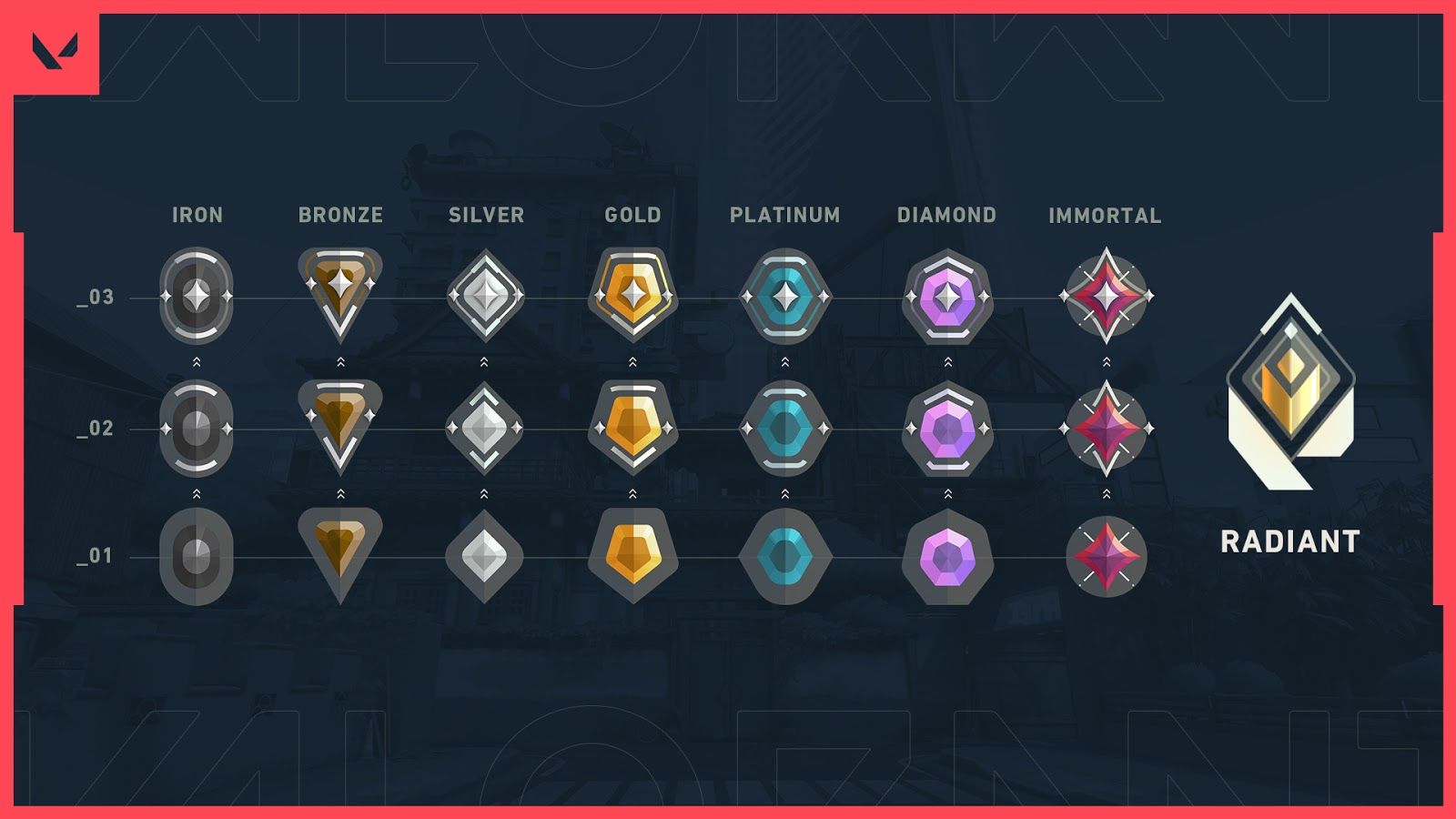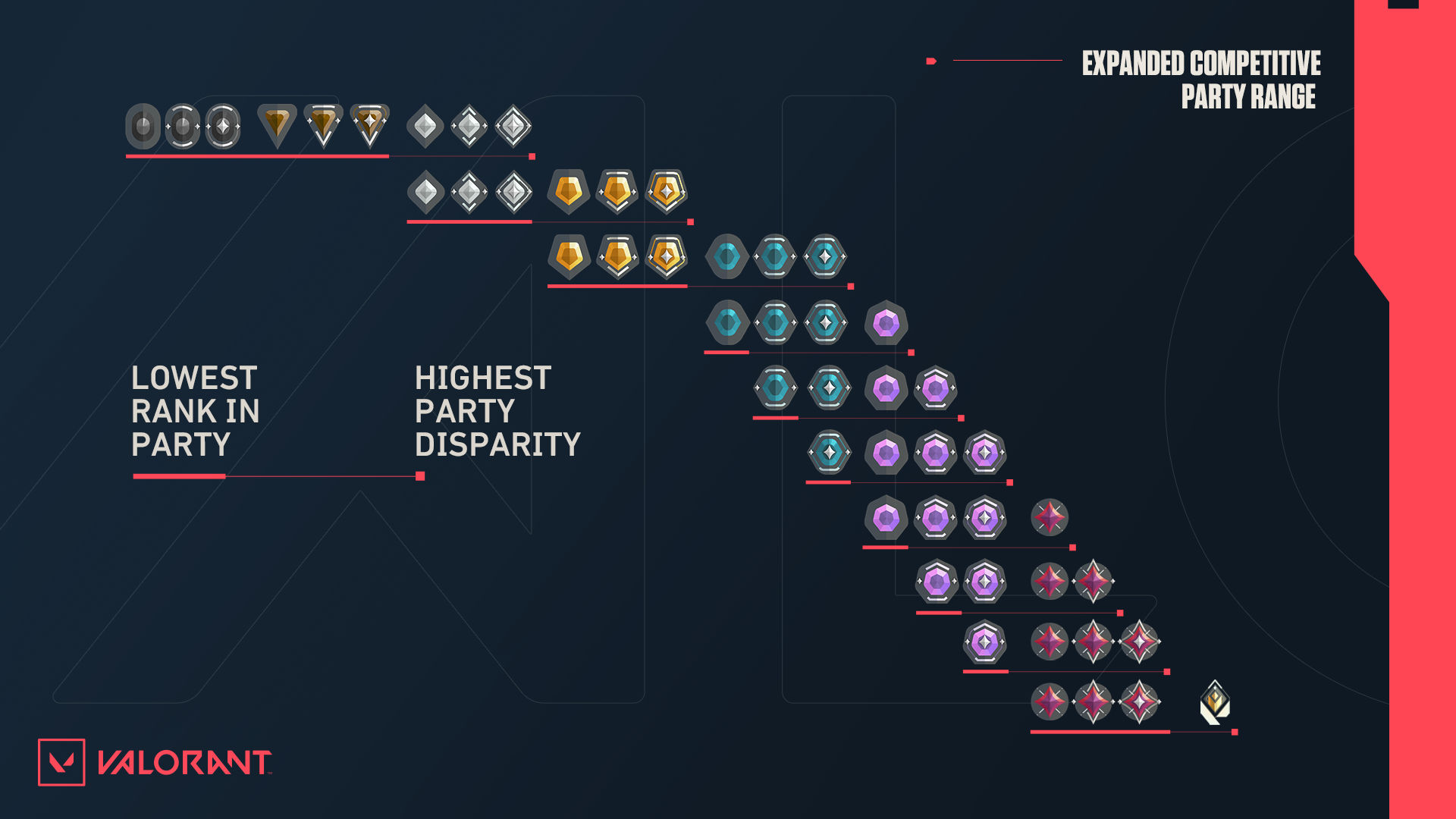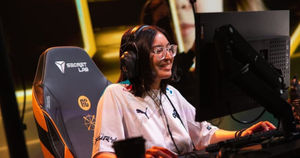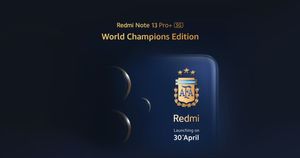
Valorant, since its launch, has been a breath of fresh air for FPS fans who like their shooters a bit more deliberate and tactical than the average multiplayer offering in the market. To step up their game and provide players with an even more competitive experience, Riot has introduced a revamped Competitive Mode, with an all-new Rank system.
The new competitive mode allows the most competitive players to engage in high-level competition with players that can offer them a more brutal fight than usual. To play Competitive, players will need to be at least Account Level 20 whereas before players needed to win 10 unrated matches to get access to Competitive Mode.
How Does the New Competitive Mode Work in Valorant?
The new Competitive Mode employs various ways to judge players’ skill levels, specifically by using Ranks, which are – Iron, Bronze, Silver, Gold, Platinum, Diamond, Immortal, and Radiant. These Ranks are visible in your party, the tab menu, and the summary scoreboards.
Each Rank, save for Radiant, has three tiers and the higher the number, the better the player’s rank. This is different from “Act Rank” which is a different unit to measure a player’s rank across an entire Act of Valorant. Riot employs “proven skill” to measure Act Rank, which is determined by the highest-ranked win by the player.
These units will effectively help players find matches and lobbies appropriate to their Ranks, which means players will be dropped into matches that are highly competitive. Another unit to measure just how far you’ve progressed in Competitive Mode is Rank Rating – a visual way to track progression.
Rank Rating

Rank Rating is a visual representation of the player’s progress through a certain rank. For instance, progressing in Iron through Diamond will be represented by Rank Rating. At the start of each Episode, all players will need to play 5 matches to be placed with Diamond 1 being the highest initial placement.
To receive your Rank, the player will need to play 1 placement match but the rank won’t automatically drop at the start of each Act. Although it will drop if the player’s placement match turns out to be less than optimal.
To start with, players are given 50 RR in their determined rank and they will need 100 RR to get promoted to the next rank. Once players hit the 100 RR ceiling, they will start off in the next Rank with a minimum 10 RR buffer.
Demotion is also a concern here as after hitting 0 RR and losing a match, players will drop back down to the next tier with 70 RR to spare. Rank Rating is impacted, in large part, by a victory/loss, however, there are other factors that play into Rank Rating.
Hidden Matchmaking Rating (MRR) is essentially a “ladder” consisting of all players. Each player occupies a unique space on that ladder and no two players will ever have the same spot.
Factors Affecting Rank Rating Apart from Victory/Loss:
- If your MMR is higher than your rank, you’ll gain more RR on wins than you lose on losses
- If your MMR is even with your rank, you’ll gain and lose closer amounts of RR for wins and losses
- If your MMR is lower than your rank, you’ll gain less RR on wins and lose more on losses
- Increase your MMR by outperforming your opponents and winning more consistently.
Playing Valorant Competitive Mode with Friends

Players can play the new Competitive Mode in Valorant with groups of 3 players or fewer. However, in order to play, all players must meet the skill disparity requirements and 4-player parties will not be allowed to play. This is only restricted to players below the Diamond 3 tier. Players in Diamond 3 and above can only play solo/duo.
















